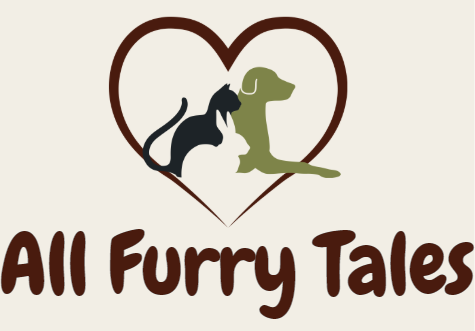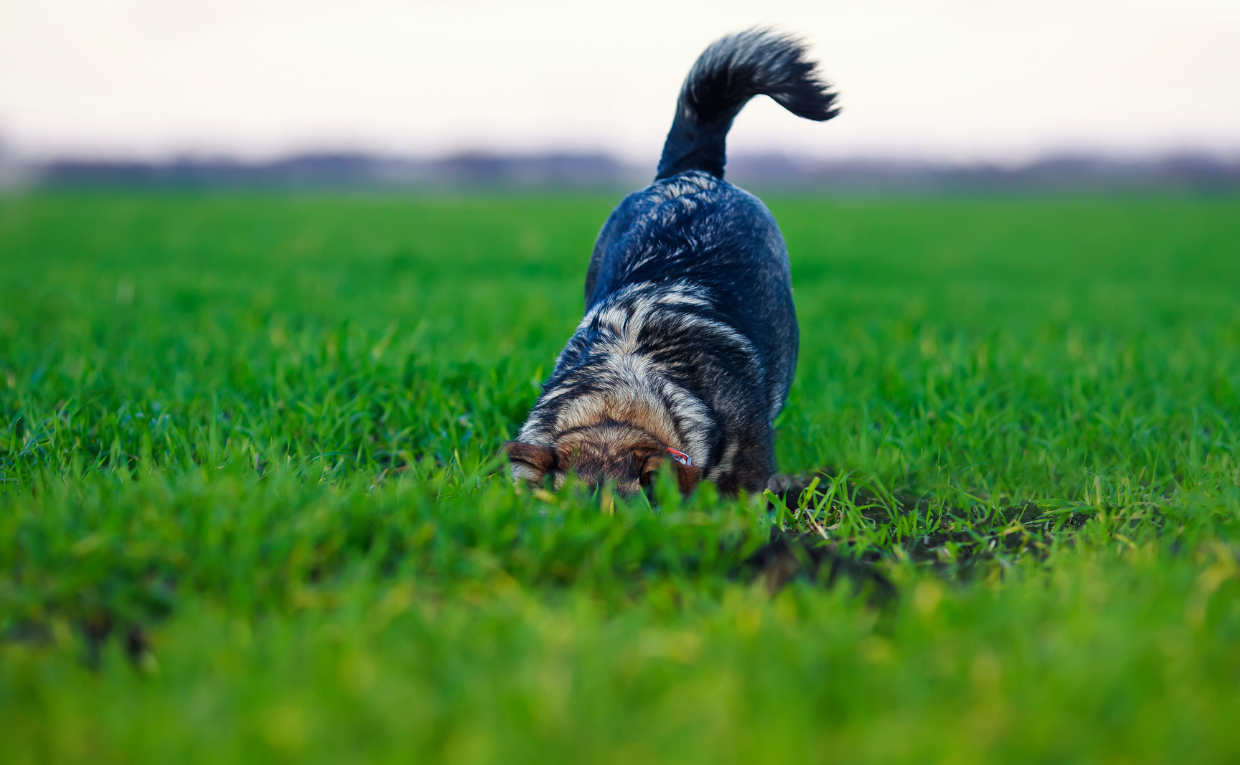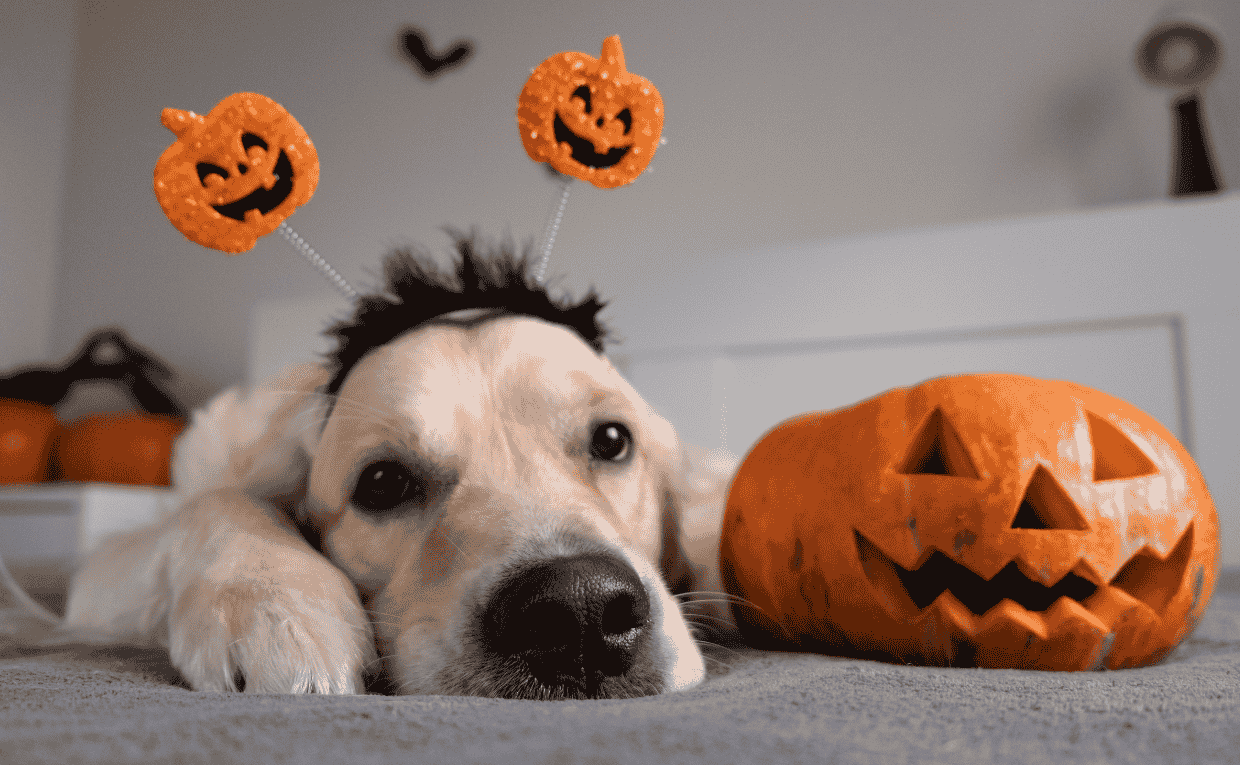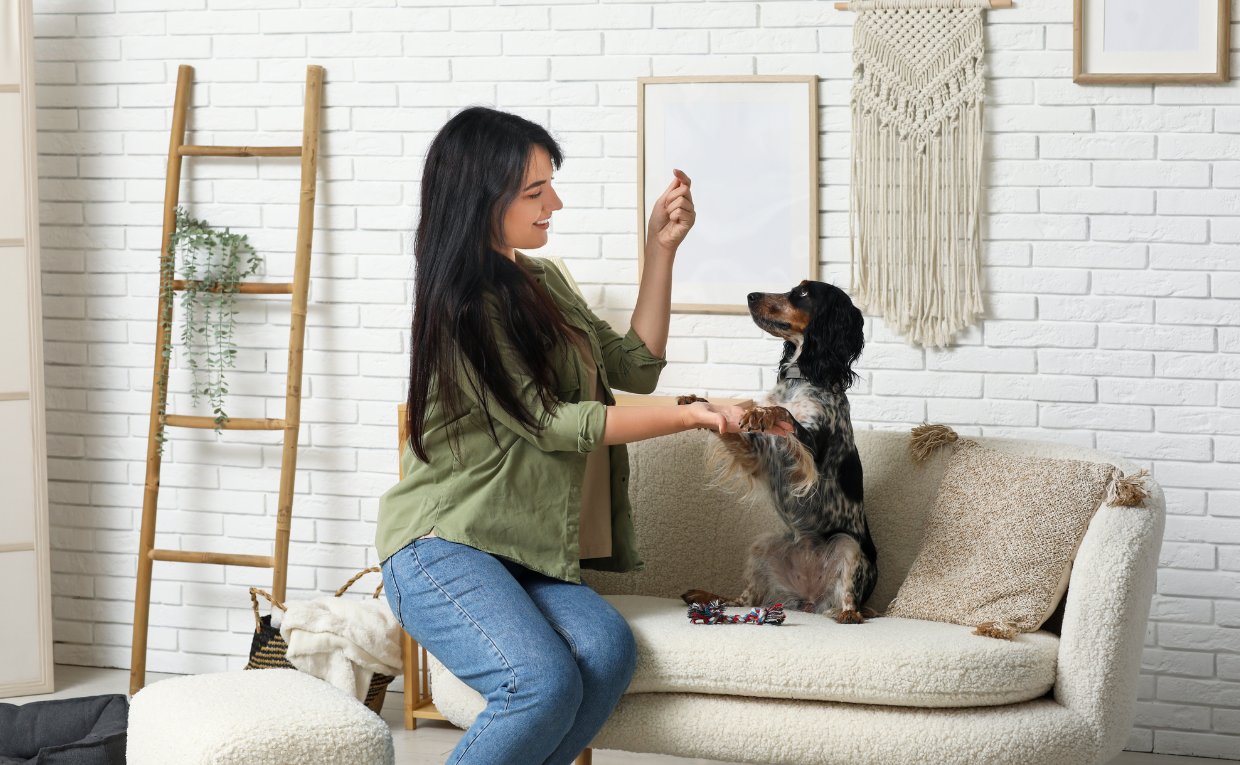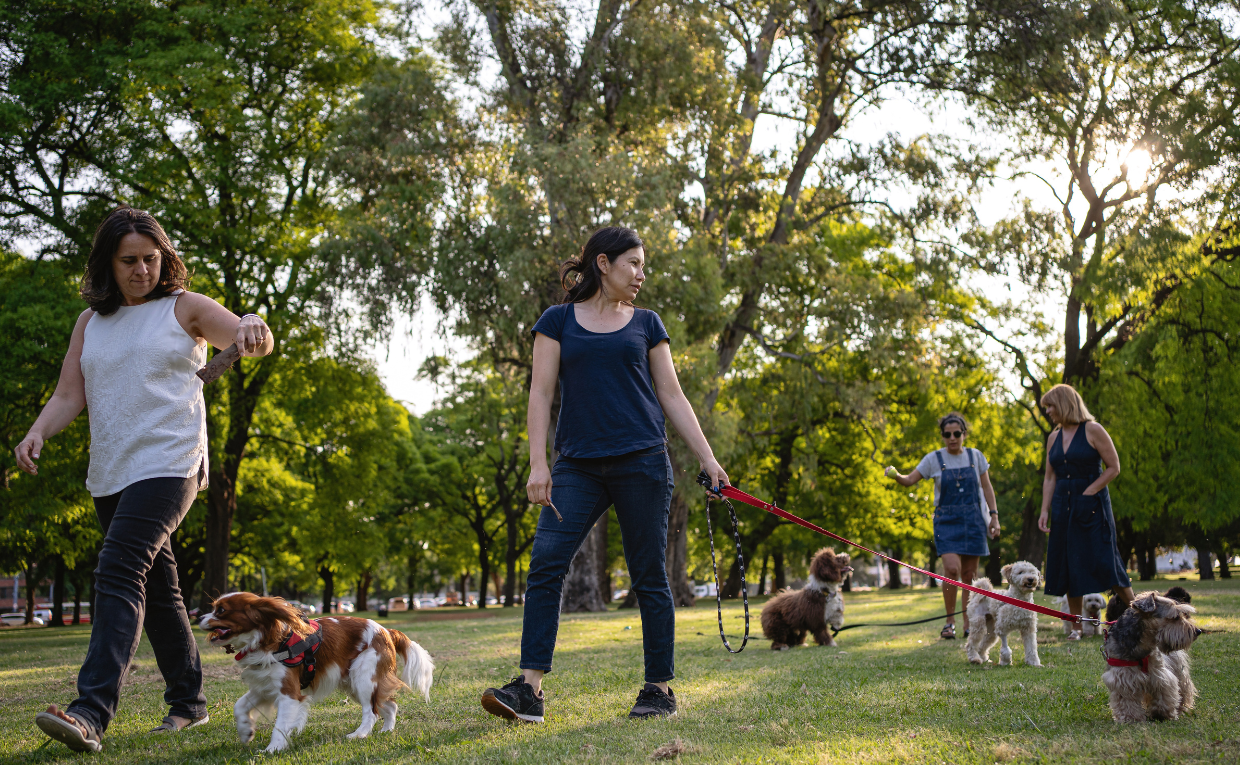Dogs may not speak our language, but they’re experts at expressing themselves—if you know how to listen. From tail wags to ear twitches, every move your dog makes is part of a bigger emotional vocabulary.
At All Furry Tales, we’re here to help you decode your pup’s signals so you can build a deeper, more responsive bond.
Tail Talk: More Than Just a Wag
Most people assume a wagging tail means a happy dog—but it’s not that simple. Your dog’s tail is like an emotional antenna, and the way it moves tells you a lot.
Here’s what different tail wags might mean:
- Loose wag at mid-height : A sign of relaxation and friendliness. Great when meeting new people or pets.
- Fast wag with whole-body wiggle : Pure excitement—this is your dog’s “I’m SO glad you’re home!” move.
- High, slow wag : A cautious or unsure dog. Pay attention to the context and body posture.
- Tucked tail between legs : Fear, stress, or submission. Time to offer comfort, not commands.
- Stiff tail with small, fast wag : This can be a warning. Your dog may be uncomfortable or on edge
Eyes, Ears, and More: Reading the Full Picture
Body language doesn’t stop at the tail. To understand what your dog is feeling, watch their entire body.
Ears
- Erect and forward: Alert or curious.
- Flattened back: Anxious, scared, or feeling submissive.
Eyes
- Soft gaze: Calm and content.
- Whale eyes (whites showing): Nervous or threatened.
- Staring: Could indicate challenge or confusion.
Mouth & Face
- Relaxed mouth, tongue out: A happy, chill pup.
- Yawning or lip licking: These can be signs of stress, not sleepiness or hunger.
Understanding Your Dog Builds Trust
When you learn to “listen” to your dog’s body language, you gain insight into their emotions—and that helps you become a more supportive and trusted pack leader.
Quick Tips:
- Context matters: A wag means one thing in the park, another at the vet.
- Watch for clusters: Ears + eyes + tail = the full message.
- Respect boundaries: If your dog shows signs of stress, don’t push them.
Join the Pack!
At All Furry Tales, we love helping pet parents grow closer to their dogs through education, care tips, and heartwarming stories.
Your dog is always communicating—you just have to learn the language. Keep tuning in, and you’ll both be happier for it.
